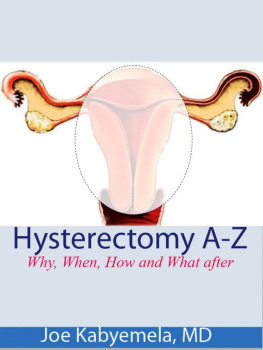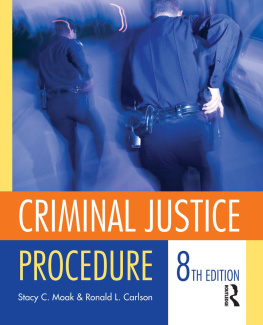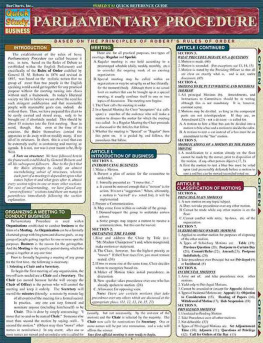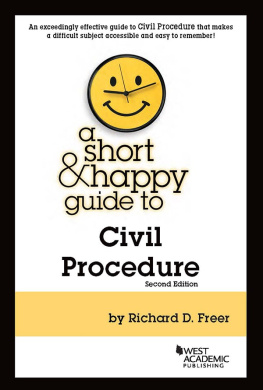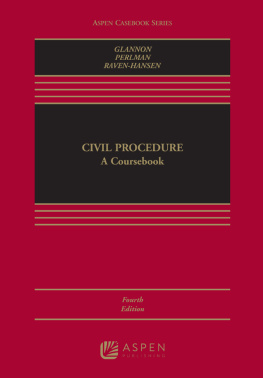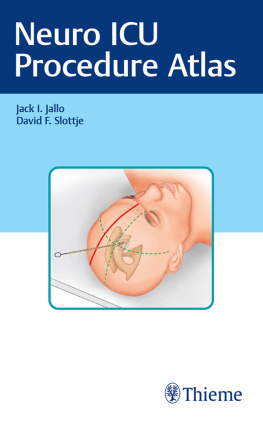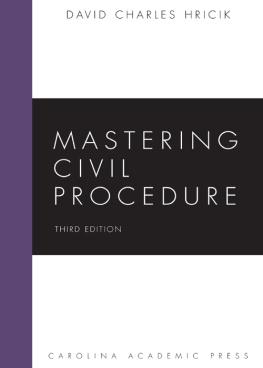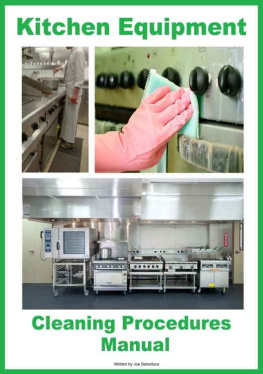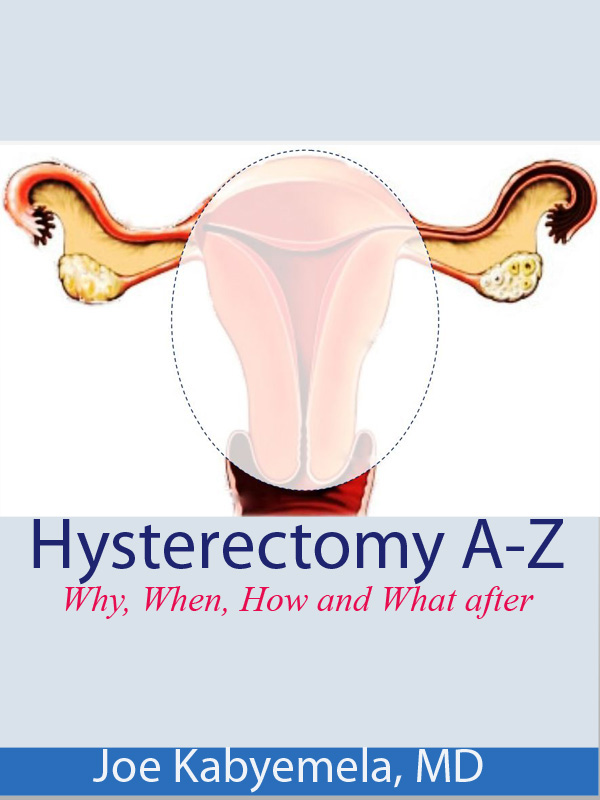
Hysterectomy
Why,when, how and what to expect
By Dr Joe Kabyemela, MD, MRCOG
Consultant Gynaecologist and Honorary Clinical Lecturer inObstetrics and Gynaecology
Copyright2012 Joe Kabyemela, MD; MRCOG
Smashwords Edition
ISBN: 978-147-632-3145
Please note : Every part of this bookhas been scrupulously checked for accuracy and confirmed to be so.However, whilst it is meant to give you extensive and clear detailson the subject, it is not meant to replace your doctor or theiropinion. The author, being a practising and experienced specialist,is fully aware that unique individual circumstances may, sometimes,make it necessary to depart from standard practise. This is adetailed book, answering most potential questions on hysterectomywhile avoiding medical jargon, thereby maximisingaccessibility.
Dedicated to the three girls in my life: Debbie , for keeping me sane longenough to write this book despite the valiant efforts of the othertwo: Abela and Alinda .I love you all with all my heart
Table of Contents
Hysterectomy demystified
A hysterectomy is a surgical procedure to remove the uterus(womb). Why are we discussing a surgical procedure? The answer issimple: This is a surgical procedure of enormous interest to a lotof people and many of those who should be interested in the subjectdo not know it yet. Statistics can show us why.
In theUnited States, for the last 40 years, the number of hysterectomiesperformed has consistently exceeded 600,000 every year. The peakwas in 1975 when just over 715,000 were performed. That is in acountry with a female population of just over 150 million and thatis counting females of all ages including infants.
In theUS, statistics show that, by the time a woman celebrates her 60thbirthday, there is a 30% chance that she will have had ahysterectomy already. In other words, almost a third of all womenover 60 in the United States have had a hysterectomy. The annualrate for neighbouring Canada is 47,000 hysterectomies in a countrywith a female population of around 16 million. These figures arefrom the year 2008 and, significantly, they show an almost 30% fallin number of hysterectomies performed compared to a decadeearlier.
In the UK, around 50,000 hysterectomies are performed everyyear. As seen above with Canada and in line with statistics fromother European countries, the rate of hysterectomies performed hascontinued to fall steadily over the last few years. Even with thatfall, it is estimated that 1 in 5 women will have had ahysterectomy by the 60 th birthday. This, as you can see, is asignificantly lower rate when compared to the United States. Thedriver for the fall in the UK and the rest of Europe has beenlargely due to the wide availability of effective alternatives tohysterectomy that happen to be much less invasive and morepatient-friendly. We shall look at these at a laterstage.
History of Hysterectomy
Hysterectomy as atherapeutic surgical procedure was first performed in England bythe surgeon Charles Clay in the year 1843. It is only a yearearlier that he had first performed surgery to remove ovaries(oophorectomy or ovariotomy), a procedure with which his name ismore associated. That first recorded hysterectomy was what wepresently call sub-total; meaning the cervix (neck of the womb) wasnot removed. A total hysterectomy for benign condition was not performed untilalmost 90 years later (in 1929) but various versions of radical hysterectomy hadbeen pioneered and perfected several years earlier. We shalldiscuss the different types of hysterectomies a little bitlater.
Hysterectomy has not changed much since the middle part ofthe 20 th century. However, the way the procedure is performed hasevolved a lot and although most hysterectomies are still performedin the time-tested classical way, a significant proportion isundertaken either wholly as laparoscopic (keyhole) procedures,laparoscopically assisted and, more lately, via robotic surgery.More details on all these shortly.
Why a hysterectomy?
Why do women undergo thisprocedure? There are many varied reasons but the commonest reasons(indications) for hysterectomy are discussed below. With each, wealso discuss alternatives, both surgical andnon-surgical.
Hysterectomy for Heavy Menstrualbleeding (HMB)
Historically, menstrual disorders have been among thecommonest indications for a hysterectomy to be carried out. This ischanging fast with the advent of easier and effective alternativeswhich we will discuss shortly.
The commonest menstrual problem is heavy periods or excessivemenstrual loss. The old medical term for Heavy Menstrual Bleeding(HMB) that remains cyclical and regular is menorrhagia .
HeavyMenstrual Bleeding (HMB) affects roughly 1 in 5 women ofchild-bearing age. In fact, some studies put the figure at around 1in 3 (30%). It is therefore quite common. Prevalence in any societyis heavily influenced by the use of hormonal contraception such asthe combined pill, injectable contraceptives (Depo-Provera) and theMirena intrauterine contraceptive device. These contraceptivemeasures tend to have a major influence on menstruation with thepill producing regular, usually normal or light periods and theother mentioned contraceptive methods tend to stop periodsaltogether during the duration of use. In some societies,availability and uptake of any form of hormonal contraception ispatchy at best and here, the problem of heavy periods would beexpected to be comparatively more prevalent.
Manywomen take heavy periods as something that happens, that cannot beinfluenced and where one has simply got to get on with it. That is,of course, not the case. Heavy periods are a common problem but onethat is relatively easy to manage and do so effectively. There aremany options and we will come to these in this chapter in duecourse.
HMB: Causes and risk factors
In many cases of heavy periods, no obvious underlying causecan be identified. However, for some patients there areidentifiable riskfactors , the management of which (wherefeasible) can help alleviate the problem.
Age:
Heavyperiods affect women of all ages, from the early teens, soon aftermenarche; to women in the peri-menopause, in their late 40s andearly 50s. However, it is the case that this problem is moreprevalent in the later years, typically from the mid-30s onwards.When a woman starts experiencing heavy periods at that time of herlife, the problem tends to get worse with passing time. Spontaneousresolution is rare. A medical intervention is often necessary. Ageis very important because it does heavily influence the choice oftreatment options. A woman in her 40s and her teenage daughtercould both experience heavy periods. A similar problem buttreatment options for the two will be different.
Blood disorders:
Studies show that anything up to a quarter of women withsevere menorrhagia will have an underlying blood disorder. Thecommonest is a condition called vonWillebrands disease (vWD). This is acondition where there is a deficiency of a blood protein called vonWillebrand factor. This protein is essential for effective bloodclotting and its deficiency means the person is prone to excessivebleeding. People with this condition may otherwise present withfrequent unprovoked nosebleeds and/or easy bruising. In othercases, heavy menstrual loss is the only clinical feature. A bloodtest will usually clinch the diagnosis. The name comes from theFinnish doctor who first described the condition in the early 20thcentury. Because this condition is not rare, it is important for adoctor to try to rule it out in a woman presenting with heavyperiods especially in the absence of any other possible underlyingcause.
Next page
